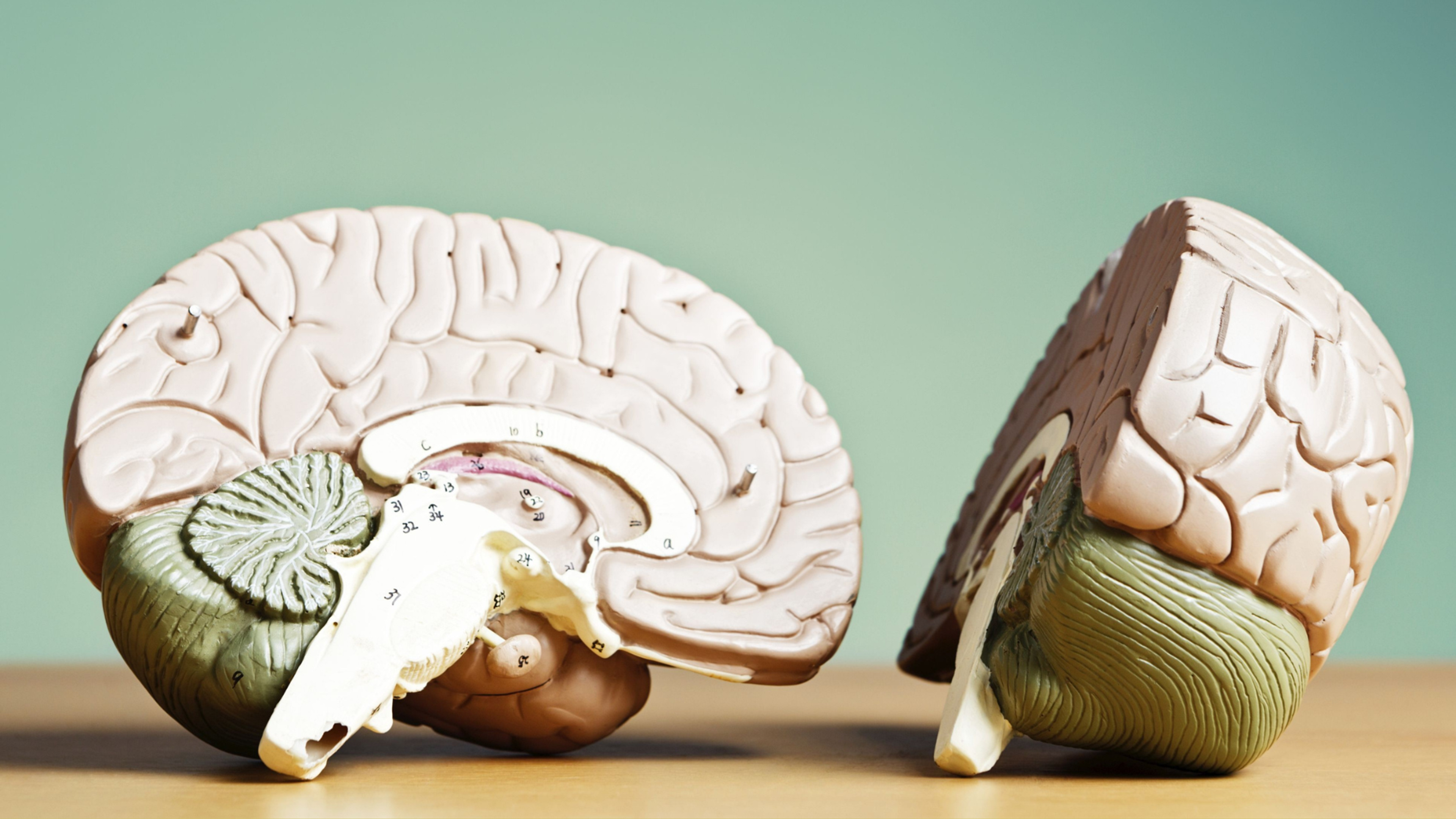Understanding Lewy Body Dementia

When most people hear the word “dementia,” they think of Alzheimer’s disease. But dementia is not one single disease—it’s an umbrella term describing a group of conditions that affect memory, thinking, and daily function. Alzheimer’s disease is the most common type, but there are others as well, including Lewy body dementia (LBD), vascular dementia, and frontotemporal dementia (FTD).
At IND, we’re committed to advancing research, treatment, and public understanding of LBD. October is Lewy Body Dementia Awareness Month! Let’s shine a light on the second most common form of progressive dementia.
What is Lewy Body Dementia?
Lewy body dementia is one of the major types of degenerative dementia. It involves abnormal deposits of a protein called alpha-synuclein, known as Lewy bodies, which interfere with how brain cells function. Over time, these changes lead to progressive neurodegeneration.
There are two related forms of Lewy body dementia:
- Dementia with Lewy bodies (DLB): Cognitive changes such as fluctuations in attention, changes in visual processing, or disrupted sleep typically appear first. Movement symptoms may develop at the same time or later.
- Parkinson’s disease dementia (PDD): Parkinson’s symptoms like tremors, stiffness, or slowness of movement appear first. Cognitive symptoms emerge later in the course of the illness. It’s important to note that not everyone with Parkinson’s disease will develop dementia, but their risk is higher than in the general population.
How does Lewy body dementia affect the brain?
Lewy bodies are abnormal clumps of alpha-synuclein protein that build up inside neurons. Just as Alzheimer’s disease is characterized by amyloid plaques and tau tangles, these Lewy bodies disrupt cell function and cause brain cells to die. This can affect thinking, movement, mood, sleep, and autonomic functions like blood pressure and digestion.
Symptoms can vary widely from person to person and may also fluctuate from day to day, making diagnosis challenging. This list isn’t meant to replace medical advice, but it can be an important first step toward getting answers. If you or a loved one recognize several of these signs, it’s a good idea to speak with a health care provider for further evaluation.
COGNITIVE CHANGES
- Memory loss or forgetfulness
- Difficulty with problem-solving, multi-tasking, or organizing thoughts
- Fluctuating attention or alertness
- Disorientation or confusion
- Changes in speech
- Difficulty interpreting spatial relationships
PARKINSON'S-LIKE MOTOR SYMPTOMS
- Shuffling gait, stiffness, tremor, or slowness of movement
- Impaired balance or frequent falls
- Soft voice or changes in handwriting
- Reduced facial expression
- Drooling or changes in posture
MOOD AND BEHAVIORAL CHANGES
- Visual or sensory hallucinations
- Delusions (false beliefs)
- Apathy or lack of motivation
- Anxiety and depression
SLEEP DISTURBANCES
- Acting out dreams (often violently)
- Excessive daytime drowsiness
- Restless leg syndrome
- Insomnia
AUTONOMIC NERVOUS SYSTEM DYSFUNCTION
- Blood pressure drops, dizziness, or fainting
- Sensitivity to temperature changes
- Sexual dysfunction
- Urinary incontinence or constipation
- Brief unexplained blackouts
Why is LBD awareness so important?
LBD is the second most common form of progressive dementia, yet it’s often misunderstood or mistaken for other conditions. Early recognition can make a meaningful difference. Getting an accurate diagnosis sooner allows individuals and families to better plan for the future, access appropriate resources, and use treatment strategies that can improve quality of life. It can also help avoid medications that may worsen symptoms, as certain drugs can be harmful to people with LBD. Greater public and clinical awareness can lead to more timely diagnoses, more effective care, and better outcomes for patients and families.
What can I do?
- Know the signs: Awareness is a powerful first step
- Talk to a health care provider: If you or a loved one is experiencing several of the described symptoms, seek a medical evaluation
- Spread the word: October is the perfect time to start conversations and raise visibility
- Support research: At IND, we’re working to improve prevention, diagnosis, and treatment options for LBD and other forms of dementia
LBD can be overwhelming, but understanding what it is, and what to look for, can make all the difference. With continued research and awareness, we can move toward earlier detection, better treatment options, and more hope for families affected by Lewy body dementia!
By Alicia Barber Minteer, PhD
Disclaimer
The Video and Written Educational Content included on this site is not intended to be a substitute for professional medical advice, diagnosis, or treatment. Always seek the advice of your physician or other qualified health provider with any questions you may have regarding a medical condition. Never disregard professional medical advice or delay in seeking it because of something you have read or seen on the Site.
The information contained in the Educational Content posted represents the views and opinions of the individual in the recording and does not necessarily represent the views or opinions of IND. The mere appearance of Educational Content on the Site does not constitute an endorsement by IND or its affiliates of such Content.
The Educational Content has been made available for informational and educational purposes only. IND does not make any representation or warranties with respect to the accuracy, applicability, fitness, or completeness of the Content. IND does not warrant the performance, effectiveness or applicability of any sites listed or linked to in any Content. IND hereby disclaims any and all liability to any party for any direct, indirect, implied, punitive, special, incidental or other consequential damages arising directly or indirectly from any use of the Content, which is provided as is, and without warranties.